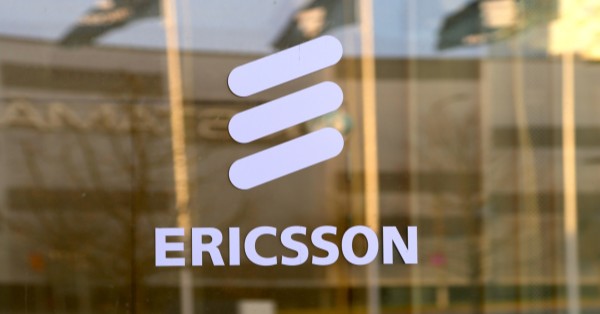24 July 2023 – A world-first delivery of live UEFA Champions League football coverage took place this month in the Faroe Islands – thanks to a unique broadcast via internet from space.
Fans of the beautiful game across the world were able to tune into live coverage of the Champions League qualifier from the remote North Atlantic islands between llocal side KÍ Klaksvík and Hungarian giants Ferencvaros, thanks to an extraordinary match broadcast by low-Earth-orbit (LEO) connectivity from satellite internet provider, OneWeb.
The game was hosted at the Við Djúpumýrar stadium in Klaksvík, the second largest town on the Faroe Islands. This remote location has traditionally made connectivity requirements for sports broadcasting challenging, but for this match-day coverage, OneWeb worked with delivery partner Network Innovations as well as Open Broadcast Systems to stream the match live via its LEO constellation, allowing for real-time viewing so fans didn’t miss a moment.
Despite finishing 0-0, supporters from across the world were able to watch the action as it happened across multiple TV and streaming platforms, including local TV station TV2 and global video-on-demand channel, Paramount+.
OneWeb connected its High North satellites to its recently launched flat panel user terminal, the Kymeta Hawk u8, which can be easily mounted on a building or vehicle to deliver high throughput and low latency communications, with download speeds of 75mbps and consistent stream speed of 10mbps using a 15mbps upload.
Positioned on top of one of the Við Djúpumýrar stadium stands, the terminal was a simple plug-and-play solution, providing a suitable alternative to traditional satellite vehicles – of which the Faroe Islands have none – and mitigating the limitations of backpack-style broadcast solutions, for high quality sports transmissions. The Kymeta terminal works seamlessly alongside the OneWeb LEO satellites to deliver a reliable stream at comparable bitrates.
Charlie Clark, Director of Government at OneWeb, said: “This successful broadcast in a remote location like the Faroe Islands paves the way forward for low-Earth-orbit connectivity and opens up more of the world to global communications, for not only entertainment and sport but also government and enterprise requirements too. To bring coverage and connectivity to remote locations like this is the future and we look forward to supporting more games like this for UEFA.”
Douglas Yeaman, Technical Sales Manager, at Network Innovations added: “It was a pleasure to facilitate the live stream of this game, and we look forward to future opportunities in helping broadcasters, among other users, overcome the challenges of remote, unforgiving environments. As OneWeb’s trusted partner in delivering high-speed, low-latency connectivity, Network Innovations is thrilled to see this solution operate as an alternative to conventional satellite vehicles. It’s an exciting milestone not just in the world of satellite, but the world of sports.”
OneWeb now has over 600 satellites in LEO, providing coverage across North America and Europe. And in June 2021, OneWeb also announced it had achieved its ‘Five to 50’ mission designed to deliver next-generation space-based connectivity to Alaska, Canada, the United Kingdom, Northern Europe, Greenland, and the wider Arctic region.
Customers connect to OneWeb’s LEO constellation using a family of user terminals that ensure fixed, the pause, and on-the-move communications, even at high speeds.
By the end of 2023, OneWeb will provide customers with Communications On The Move and the ability to integrate Digital Age technologies into its network, including Cloud computing and the Internet of Things, making remote production and enhanced broadcasting ever more accessible.
Source: Press releases Read More






























